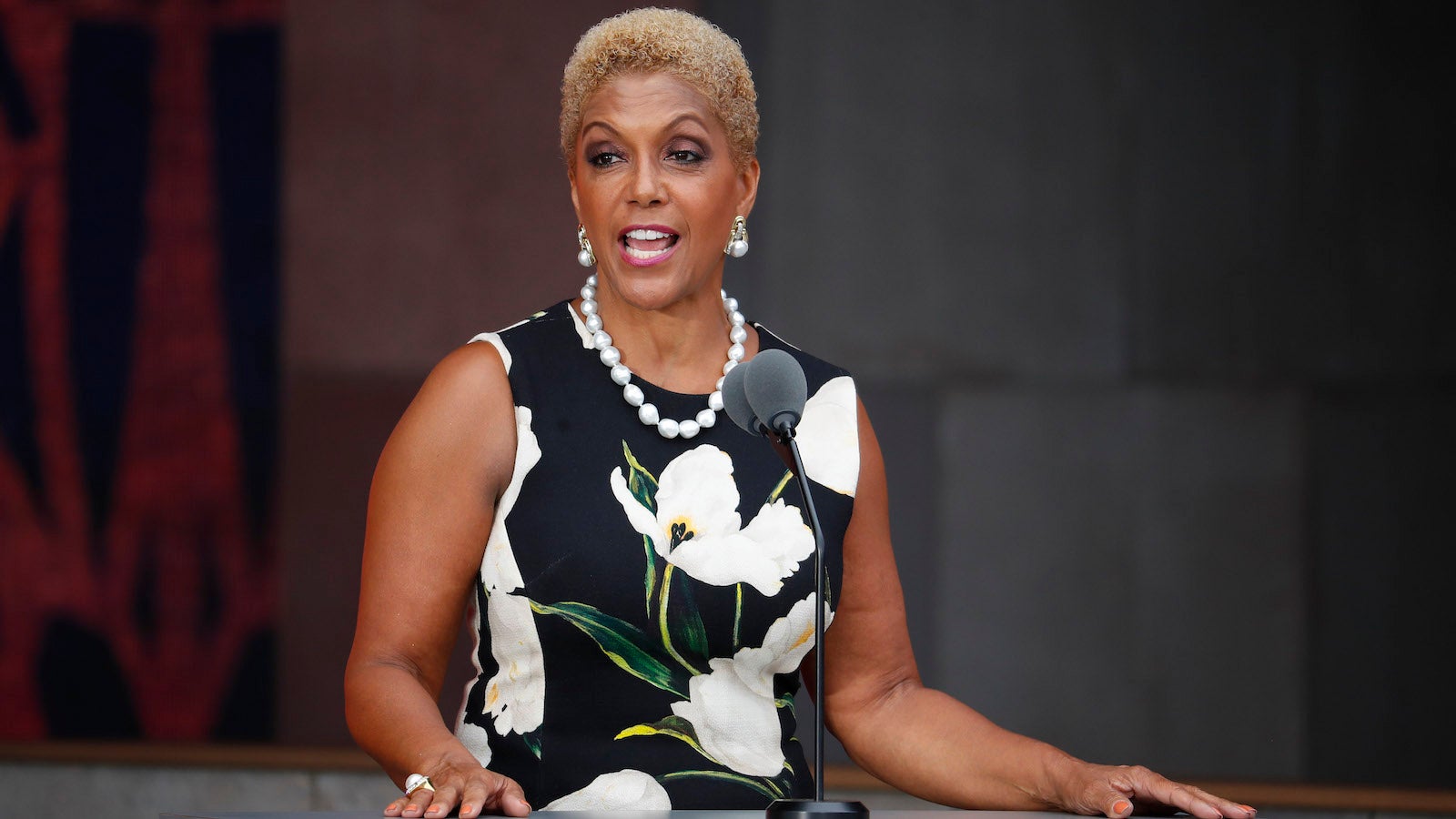Fortune 500 companies appointed a record percentage of women to their boards last year
It wasn’t exactly gender parity, but women accounted for 38.3% of all newly named directors at Fortune 500 companies in 2017, according to executive-search firm Heidrick & Struggles.


It wasn’t exactly gender parity, but women accounted for 38.3% of all newly named directors at Fortune 500 companies in 2017, according to executive-search firm Heidrick & Struggles.
The good news
Last year was the biggest year for board appointments of women since the firm started tracking the data in 2009.
The caveats
Even by the corporate world’s generally dismal standards for representation of women on boards, the Fortune 500 had some catching-up to do this year. In 2016, companies in this group filled less than 28% of open board seats with women, which ended what had been a seven-year run of gains in female director appointments.
Despite the sharp increase in women’s appointments in 2017, Fortune 500 boards remain a long way from gender parity. Heidrick & Struggles predicts we won’t see an even split in appointments for men and women until 2025, based on an extrapolation of the data using a three-year trailing average method. And that’s just for new directors. The portion of all Fortune 500 company board seats held by women in 2017 was just 22.2%, an increase of only 1.2 percentage points from the previous year.
The slow progress in the gender composition of boards overall suggests that most of the newly appointed female directors were replacing other women who had vacated their board seats. It also suggests that equal representation of women on boards of the world’s biggest companies remains many more years away.
The effect of #MeToo
Negligible, at least for the 2017 data. The sexual-assault allegations against movie producer Harvey Weinstein, which eventually inspired millions of women to come forward with their own accounts of being harassed by men, were first detailed in a bombshell report in the New York Times on Oct. 5. That wouldn’t have left much time in 2017 for companies to adjust to a post-#MeToo world. We’ll be watching for any effect on the gender split in board appointments made in 2018.
The stretch for diversity
Although CEOs remain a popular choice for boards, the share of new Fortune 500 director appointments filled by current or former CEOs fell to 47% in 2017, down from 50% a year earlier and a peak of 55% in 2013. The willingness to look further afield for candidates has loosened the dependency on a pool that is overwhelmingly white and male. (And as a result, it’s not just women seeing bigger gains in board appointments. African Americans filled 11% of Fortune 500 board appointments made last year, a record within the data set.)
Heidrick & Struggles also found that nearly 36% of new board appointees in 2017 had no prior board experience, up from 25% in 2016. The firm says the increased interest in taking chances on untested board talent is at least in part a “response to pressure in recent years to bring new perspective to boards.”
What companies really want
Bonnie Gwin, vice chair and co-managing partner of Heidrick & Struggles’ CEO and board practice, says many of her clients are seeking candidates “who have been through transformation and disruption.” In some cases, that may include an expertise in technology, “but it’s also just general experience in taking companies through big moments of change,” she says.
She’s also being asked to bring in candidates with experience in fast-growing markets—”There continues to be a strong interest in China and Asia generally,” she says—while the ongoing pressure from activist investors means that candidates who can understand a balance sheet and bring a shareholder lens into the boardroom are in greater and greater demand.
Interestingly, these are not the kind of trends that tend to favor women or people of color, who historically have been left out of the talent-grooming efforts that can get a rising executive sent abroad, for example.
But Gwin sees another powerful force underlying the latest data on board composition: “Companies really see business value in diversity,” she says. “And that really drives who’s being added to boards.”